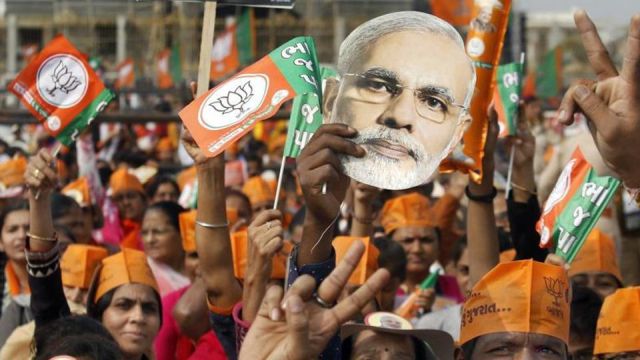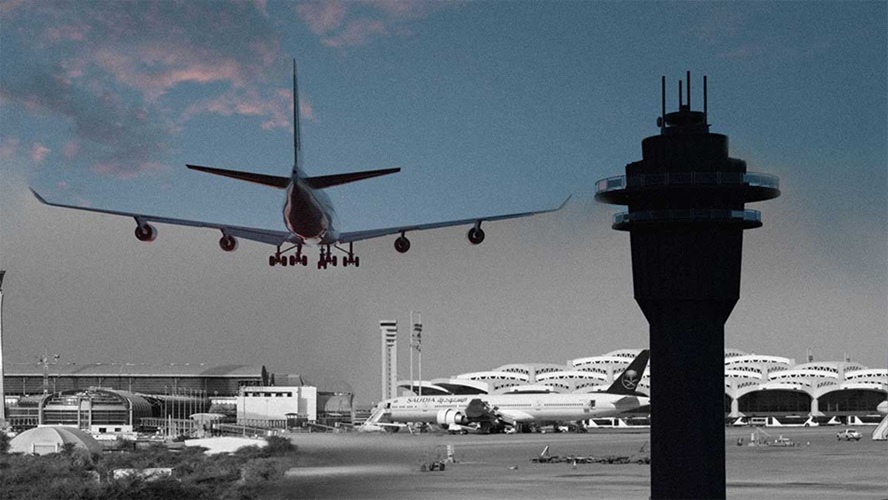Managing Director, EXHICON Group
The expectation of every Indian after 2014 was that the decisive mandate would enable BJB to eliminate corruption, strengthen weak institutions and place India on a high-growth trajectory.
PM Modi did manage to accomplish some very important technocratic reforms, such as a new bankruptcy law and monetary policy framework.India has been rapidly modernizing, and its economy is now the world’s sixth largest (behind the United States, China, Japan, Germany and Britain), but not all of that is attributable to Mr. Modi’s efforts.
Although, I personally believe that this government should be given another chance to form the government to streamline the economic mess created by itself and preferably under the leadership of Nitin Gadkari, the best man to wear the hat of the Prime Minister ship.The most practical, hugely popular and acceptable leader even for the opposition and a man who has the ability to turn around the table.
In a meeting with him last year, he shared that more than 2 % of India’s GDP comes from Ministry of Surface Transport and the Ports, headed by him.But, the the key Negative Economic Impacts on the country are major reasons to believe that this government has failed even on other fronts.
Demonetization
The execution of Demonetization cost us Rs 3 lakh crore in GDP growth and wiped out over 25 lakh jobs from the country. While 99% currency got back to exchequer. The big question still remains where is the black money which was told to be the key reason for the demonetisation.
Good and Service Tax (GST)
Hastily implemented GST hugely penalized entrepreneurship. MSME got completely wiped off from the business. Over one Crore small businesses had to shut their shops. A month after the levy went into effect in July 2017, more than 7 percent of taxpayers failed to comply with the requirement that every business with annual turnover of INR 75 Lac.
Although, the turnover threshold was later relaxed by 33 percent, the returns process much more simplified and the computer network made more robust, the non compliance rate is now alarmingly approaching at 29%. This will create a shortfall in the Central Government’s GST kitty of as much as Rs 10000 Crore in the fiscal year that will end in March 2019.
Government Debt
The private debt of Indian in 2017 was 54.5 per cent of the GDP and the government debt was 70.4 per cent of the GDP, a total debt of about 125 of the GDP.
In comparison, debt of China was 247 per cent of the GDP. In this case India’s debt was substantially less than the global debt as percentage of world GDP. But China, for all its overcapacity issues used public debt to create assets: India did not. Also, when the government is routinely borrowing more than 6 percent of GDP and yet the private sector doesn’t see new opportunities it stops investing and that is precisely happening in India since last four years.
Power Sector
Power Distribution Companies had racked up debt of Rupees 43,000 crore. Owing in major part being forced to provide free electricity to farmers, the Power distribution companies are unable to buy power from producers and pay for it on time. Punjab, one of the worst offenders, is losing 0.77 rupee on every kilowatt per hour of it’s supplies.
Banking Sector
Indian banking sector, the backbone of Indian Economy is grappling with mounting non-performing assets (NPAs) and host of scams and frauds.
The cumulative loss of public sector banks have crossed a whopping Rs 87,357 crore in the 2017-18 fiscal, Tainted Punjab National Bank topped the chart with a hit of nearly Rs 12,283 crore followed by IDBI Bank.
As a result, in 2017-18, PSBs accounted for 14.6% of gross NPAs, while private banks registered 4.7% and foreign banks 3.8%. Collectively, all scheduled commercial banks accounted for gross NPAs of 11.2%.
Out of 21 state-owned banks, only two Indian Bank and Vijaya Bank posted profits during 2017-18. Indian Bank posted highest profit of Rs 1,258.99 crore and the Vijaya Bank’s profit worked out to be Rs 727.02 crore.
With the Loan writeoffs, and the global economic slowdown ,expect the banking sector to continue hobbling along during 2018-19.
Numerous economic offenders have fled with impunity on BJP’s watch with over one lakh crore of public money.
Crude Oil Prices check
Since 2014, international oil prices have been only lowering, When the crude oil in 2017 was at the lowest of USD 54.15 Per barrel, the government would have taken advantage of the situation by passing on the benefit to the public by reducing the prices of petrol and diesel.
Yet, the government increased central excise taxes by over 200% on petrol and over 400% on diesel to make oil costlier than it has ever been and collected over Rs 10 lakh crore of public money.
An increase of 15-25% in oil prices in one year will impact the Indian economy in various ways. As thumb rule, an increase of $10 per barrel in crude prices will lead to an increase of about Rs17,000 crore (or $2.5 billion at an exchange rate of 67/$) in fuel subsidies, equivalent to 0.09% of GDP
Additional Tax on middle class
The government eroded avenues of savings for the middle class by re-introducing long terms Capital Gains Tax (abolished by UPA), the levy of Swachh Bharat, Education and Krishi Kalyan cess along with the reduction of interest rates on savings to a new low of 3.5%.
Agriculture growth lowest
Agricultural growth over the past four years recorded the lowest at 1.9%, with the growth, the promise of doubling farmer’s income seems like impossible.
Further, the import duties for wheat were cut down to zero, forcing sharp decline in lowering farmers’ income as they had to slash prices to find buyers for their produce. To compound this further, agricultural exports fell by over $9 billion.
Dollar against INR
Surprisingly government didn’t think there was anything to worry about in the rupee’s steep fall. However, that stance itself spooked the currency further. It didn’t take long after the rupee breached the psychologically crucial 70-to-a-dollar mark in September last year to the current situation at Rs 72.
In 2018, the rupee had lost over 11% of its value against the greenback, making it one of Asia’s worst-performing currencies. Among reasons for this slide was India’s widening current account deficit.
Shortage of Job
The shortage of jobs continues to be the biggest challenge for this government. Creation of jobs through “Mudra loans” miserable failed as 90% of these loans were for Rs 50,000. The prime minister finally acknowledged the need to do something about it by constituting an ‘Economic Council’ .This council is yet to provide a solution.
As conclusion, the BJP Government has been high on promises but low on delivery – big-ticket plans like , Startup India, Make-in-India, Digital India, and Smart Cities among others, that have been announced, have not fetched desired results perhaps due to policy ssupport, Govt has not been able to effect a turnaround in the government’s functioning and decision-making processes.






0 Comments